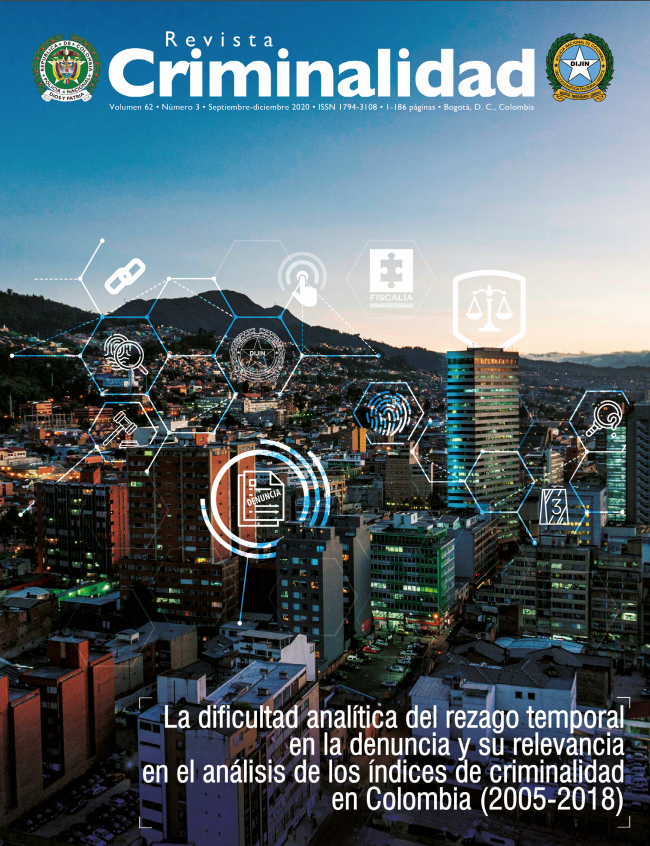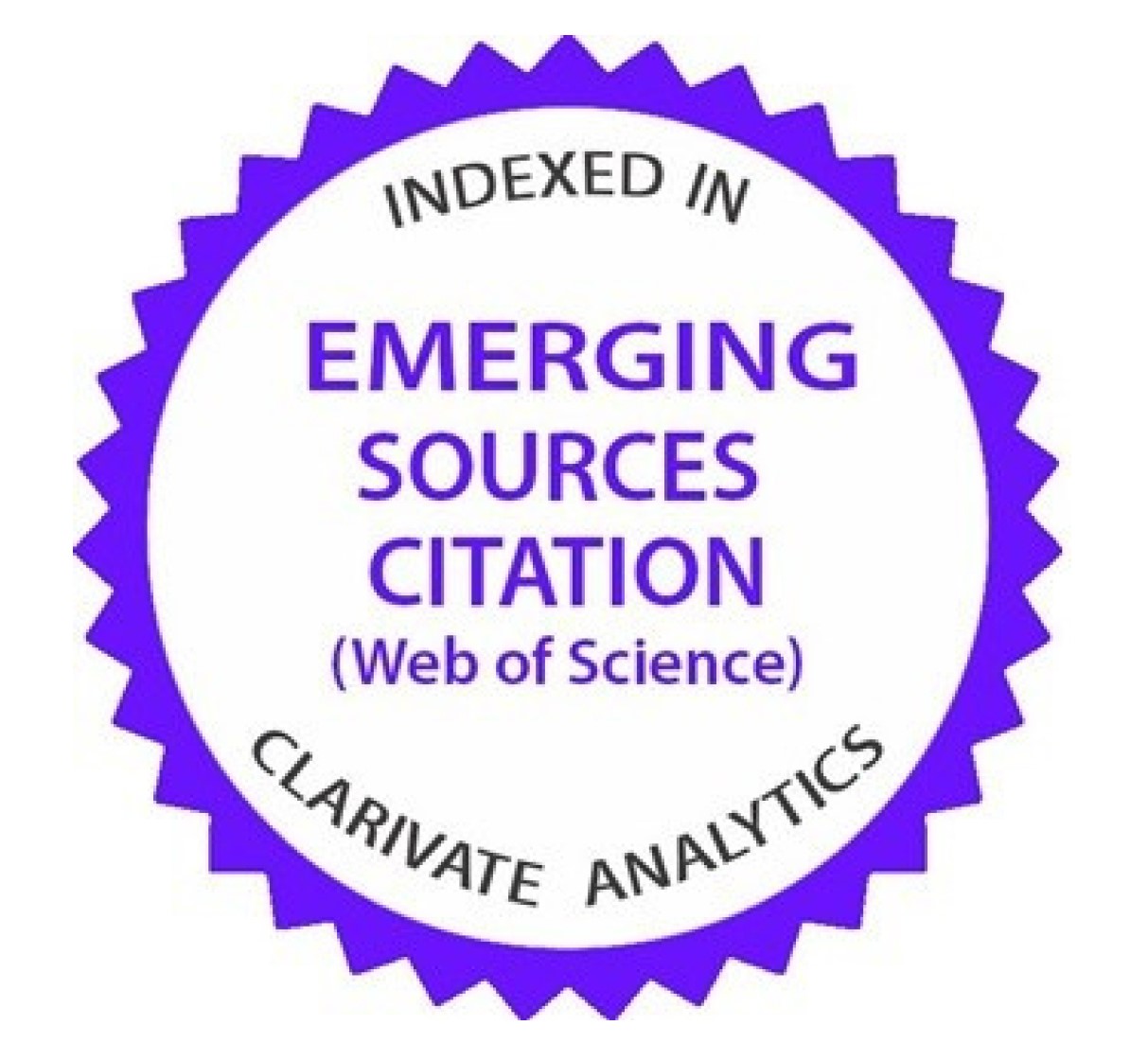The holistic transformative street-street gang intervention impact and its association with homicide rates in Cali, Colombia.
DOI:
https://doi.org/10.47741/17943108.220Keywords:
homicides, youth, social prophylaxis, crime prevention, street gang-related homicides, street gang transformation, street gang intervention, street gangsAbstract
Cali is one of the cities in Colombia and Latin America with the highest rate of homicides, with around one third of homicides being attributed to street gang-related violence. In 2016, the Mayor´s office from Santiago the Cali - Colombia, the Police Department and the Cisalva institute from Universidad del Valle worked together to develop an holistic intervention, “TIP –Youth without frontiers”, to reduce street gang-related violence in Cali’s communes. The intervention comprised six components focusing on developing personal/emotional skills, improving access to health and other public services, reducing substance use, connecting youth with employment and educational opportunities, promoting participation in sports and recreational activities, and improving the restitution of citizen rights to street gang members. This study aimed to describe the characteristics and implementation of this transformative street gang program and to describe changes in street gang-related homicides that could be associated with the implementation of this program. The program started contacting street gangs in January 2016, recruiting the first street gang members in August 2016. As of December 2018, 2.107 youth (from 84 Police identified street gangs) have participated in the program. A reduction in street gang-related homicides was observed in Cali’s communes from 2015 to 2018. In intervened communes these homicides decreased on average by 80%, suggesting that the program could have contributed to the reduction of street gang-related violent behavior in these areas.
Downloads
References
Abramovay, Miriam (coord.) (2003) Abrindo Espaços: Avaliaçao do Programa em Bahía. UNESCO, Universidade Católica de Brasilia, UNIRIO, Brasilia.
Braga, A., Weisburd, D., Turchan, B., (2018). Focused Deterrence Strategies and Crime Control. Criminology & Public Policy 17(1), 205-250.
Butts, J., Roman, C., Bostwick, L., Porter, J., 2015. Cure Violence: A Public Health Model to Reduce Gun Violence. Annu. Rev. Public Health 36, 39–53.
Consejo Ciudadano para la Seguridad Pública y la Justicia Penal, (2017). Listado de las 50 ciudades más violentas del mundo en 2017. Mexico: Seguridad, Justicia y Paz; 2018. Available from: http://www.seguridadjusticiaypaz.org.mx/ranking-de-ciudades-2017 Accessed January 12, 2019.
Cali Como Vamos, (2015). Informe de calidad de vida en Cali, 2014. Available at:https://docs.wixstatic.com/ugd/ba6905_93042cae8c56487993759197a2ae6945.pdf Accessed: March 05, 2019
Fandiño-Losada, A., Guerrero-Velasco, R., Mena-Muñoz, J., Gutiérrez-Martínez, M., (2017). Efecto del control del crimen organizado sobre la violencia homicida en Cali (Colombia). CIDOB d’Afers Internacionals. 116, 159-178.
Guerrero, R., (2015). Big Data Are Reducing Homicides in Cities across the Americas. Scientific American 313(4), 46-50.
Gutierrez-Martinez, M.I., Del Villin, R.E., Fandino, A., Oliver, R.L., (2007). The evaluation of a surveillance system for violent and non-intentional injury mortality in Colombian cities. Int J Inj Contr Saf Promot 14(2), 77-84.
Higginson, A., Benier, K., Shenderovich, Y., Bedford, L., Mazerolle, L., Murray, J., (2015). Preventive Interventions to Reduce Youth Involvement in Gangs and Gang Crime in Low- and MiddleIncome Countries: A Systematic Review. Campbell Systematic Reviews 2015:18. DOI:10.4073/csr.2015.18.
Howell, J., Egley, J.A., (2005). Moving risk factors into developmental theories of gang membership. Youth Violence and Juvenile Justice 3(334-354).
Klein, M., Maxson, C., (2006). Street gang patterns and policies. Oxford University Press, New York.
O’Brien, K., Daffern, M., Chu, C., Thomas, S., (2013). Youth gang affiliation, violence, and criminal activities: A review of motivational, risk, and protective factors. . Aggression and Violent Behavior 18(4), 417-425.
OSC, (2016). Observatorio de Seguridad. Muertes por homicidio en Santiago de Cali 2015. Alcaldía Municipio Santiago de Cali. Available at: http://www.cali.gov.co/observatorios/publicaciones/115087/informes_anual_homicidios/ Accessed: March 05, 2019.
Skogan, W., Hartnett, S., Bump, N., Dubois, J., (2009). Evaluation of CeaseFire-Chicago. Evanston, IL: Inst. Policy Res., Northwest. University.
Thornberry, T., Krohn, M., Lizotte, A., Smith, C., Tobin, K., (2003). Gangs and delinquency in developmental perspective. Cambridge University Press, New York, NY.
Waiselfisz, J.J. & Maciel, M. (2003) Revertendo Violencias, Semeando Futuros: Avaliaçao de Impacto do Programa Abrindo Espaços no Río de Janeiro e em Pernambuco. UNESCO, Brasilia
Webster, D., Mendel Whitehill, J., Vernick, J., Parker, E., (2012). Evaluation of Baltimore’s Safe Streets Program: Effects on Attitudes, Participants’ Experiences, and Gun Violence. Baltimore, MD: Johns Hopkins Center for the Prevention of Youth Violence.
Published
How to Cite
Issue
Section
License
Licencia creative commons CC BY NC ND https://creativecommons.org/licenses/by-nc-nd/2.0/















